
Deadheading spent and faded blooms is a simple way to enhance your garden’s flower power.
Removing finished flowers involves a clever bit of trickery.
Naturally, a plant’s sole purpose in life is to reproduce. It does so by sending out colorful and fragrant flowers that are irresistible to nearby pollinators. Once pollen has been transferred from the anther to the stigma, flowerheads will shed their petals and eventually turn into seedheads.
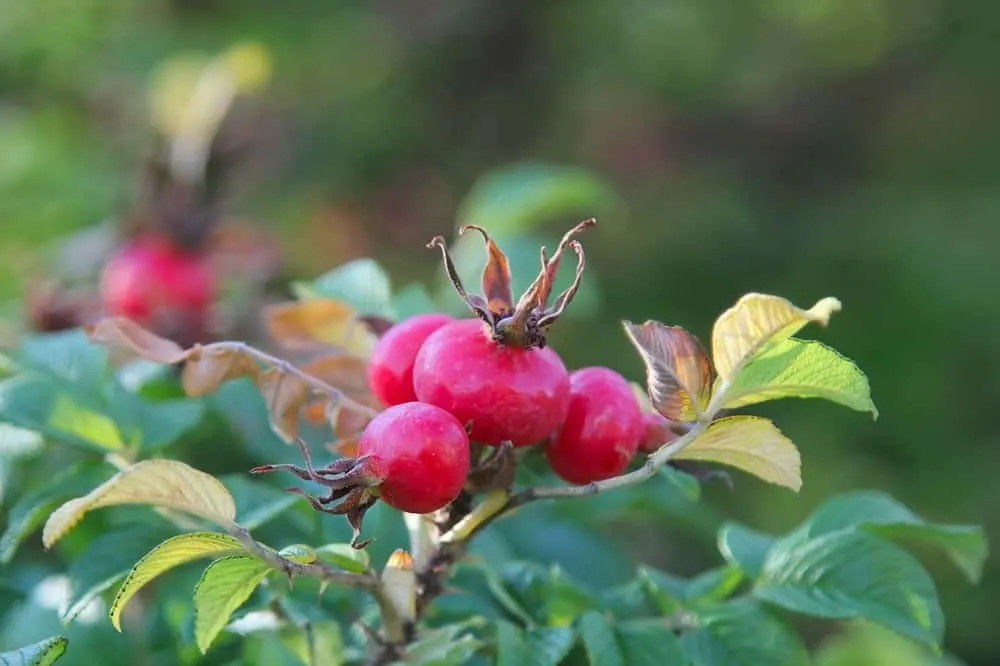
From the perspective of the plant, its life purpose has been fulfilled. All its energy will now go toward seed production. This means no new flowers, and oftentimes, shabbier looking foliage.
But when we remove the flowers quickly, before seeds have begun to develop, the plant will have renewed purpose.
The plant will switch right back into flower production mode so it will have another shot at making seeds.
For us gardeners, that means we can enjoy the exquisite color, form, and fragrance for a little longer.
When deadheading is done regularly and correctly, your garden will be in bloom all the way to the first frost.
3 More Benefits of Deadheading
Aside from receiving another round of blooms, deadheading has some other perks:
1. Healthier looking plants
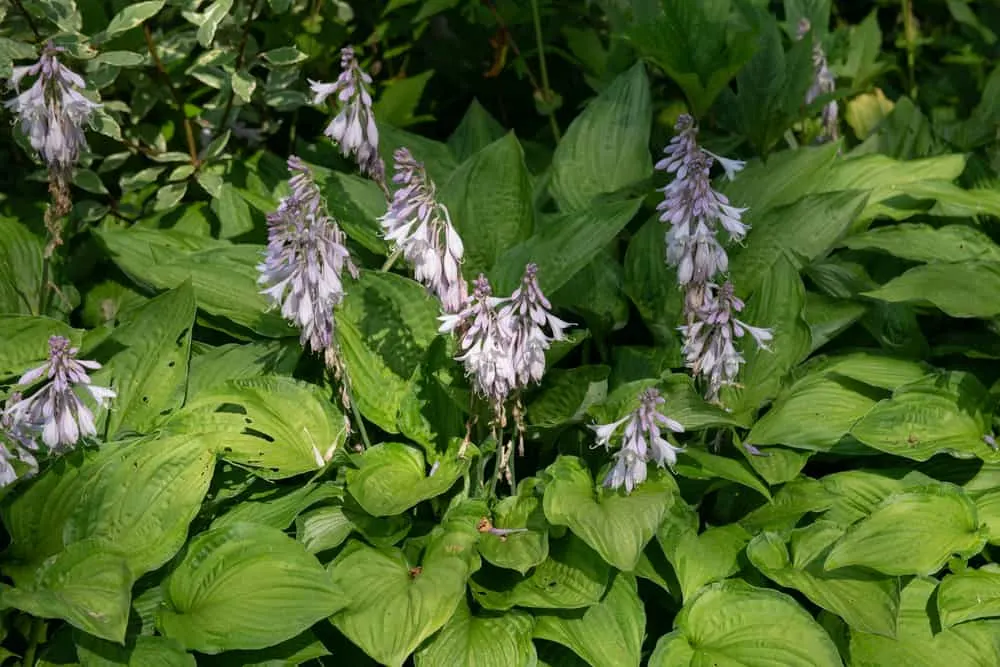
Setting seed takes up a lot of the plant’s energy stores. When plants switch to seed production, other parts of the plant may start to look unkempt and ragged.
But removing faded blooms will redirect this energy toward flowers, foliage, and root growth – promoting overall healthy looking plants.
Even with cultivars we don’t typically grow for their flowers – like hostas for instance – removing the flowering stalk will keep the leaves looking healthy and fresh.
2. Prevent self-seeding
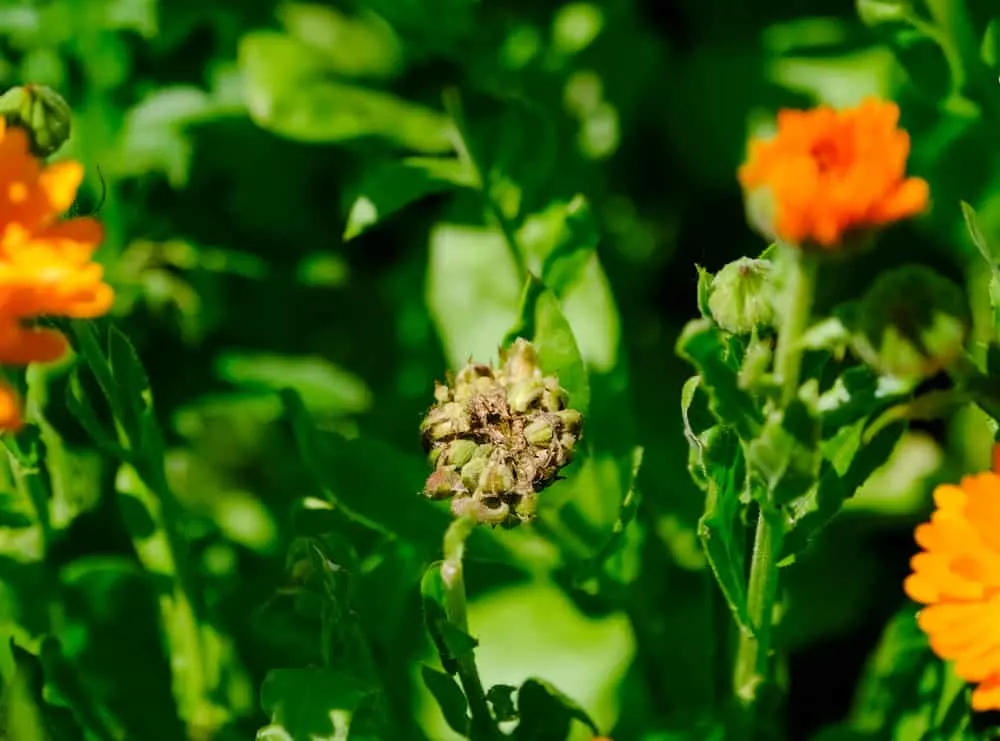
Some plants are generous self-seeders. If you don’t want to be picking plants out of your lawn come spring, deadheading will help keep their seed launching in check.
3. A tidier garden
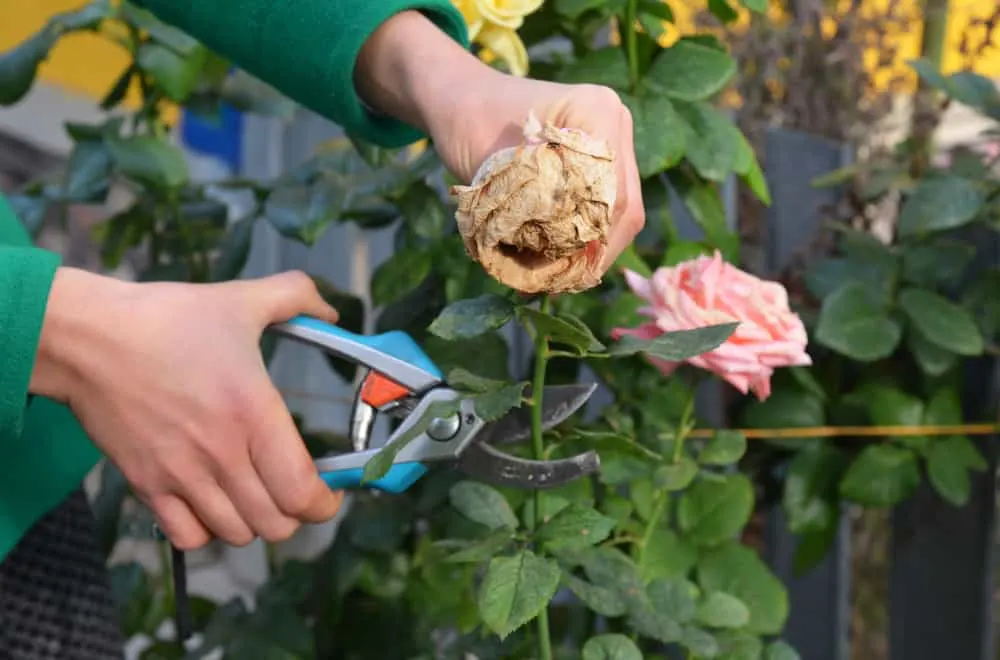
Drying and browning flowers can look unsightly. Removing these eyesores will help keep the garden neat and tidy.
4 Reasons Not to Deadhead
Deadheading is entirely optional – and there are times you might want to leave the seedheads on the plant.
1. Not all plants should be deadheaded
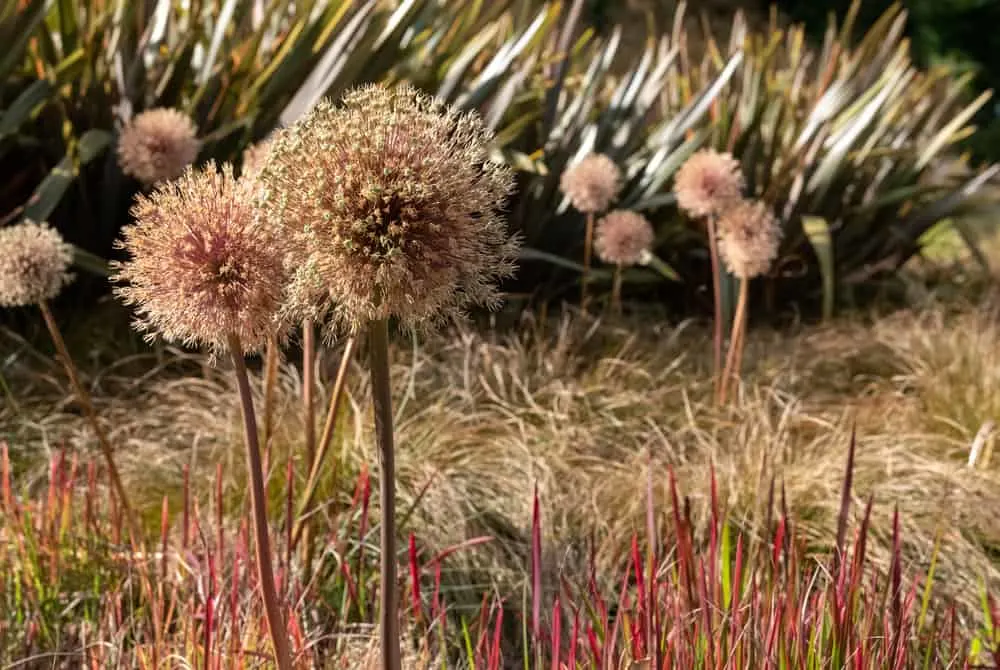
Some plants are grown specifically for their attractive seedheads. Ornamental grasses, teasels, sedums, and alliums are some plants you shouldn’t deadhead.
2. It’s bird food
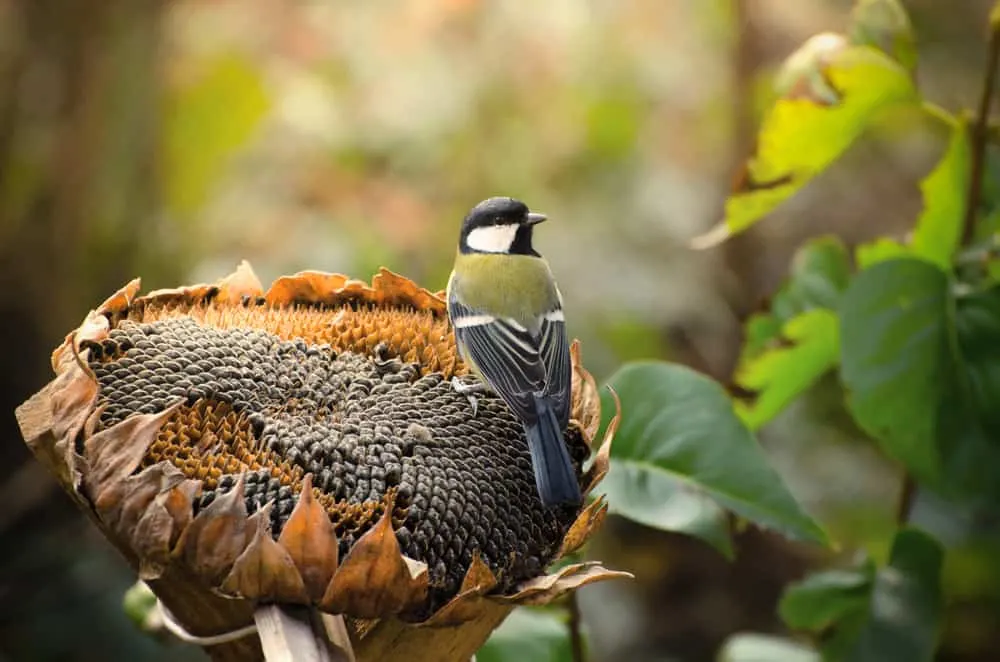
Allowing your plants to go to seed will help feed birds and other wildlife in winter, when food sources are otherwise scarce. Coneflower, sunflower, and Rudbeckia seeds are among the most cherished and tasty treats for our feathered and furry friends.
3. You want your plants to spread
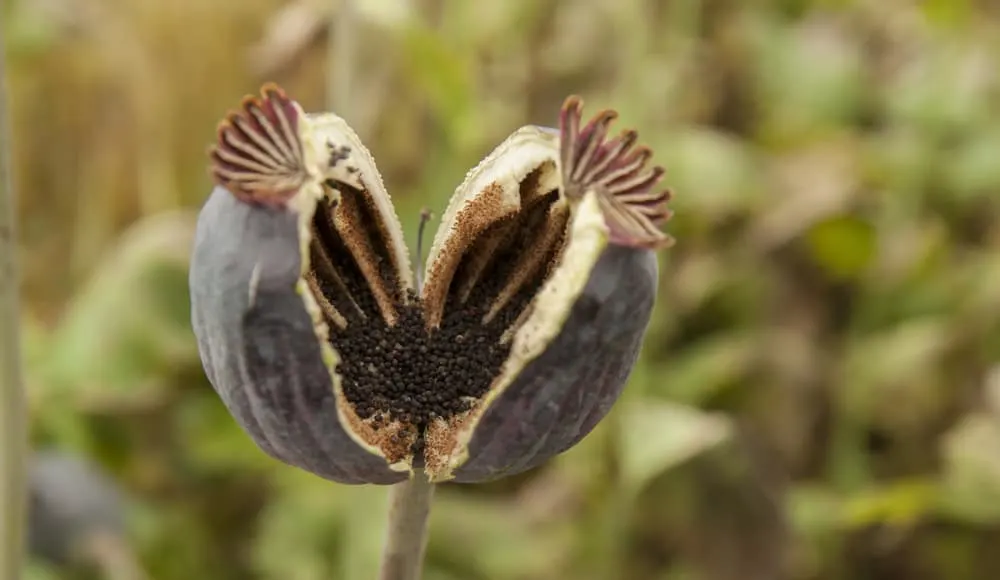
When you want to fill in bare patches in the garden, deadheading will only prolong this endeavor. Let the seeds develop and drop to create a lovely carpet of plants.
4. It can be time consuming
Depending on how large your garden is, deadheading each and every flower can be an absolute time sink. For some, it’s a relaxing way to fiddle in the garden, but for others it just adds more upkeep.
If you don’t have the time (or desire) to deadhead, it’s totally fine to let nature run its course.
How to Deadhead Flowers – 3 Methods
1. Pinching
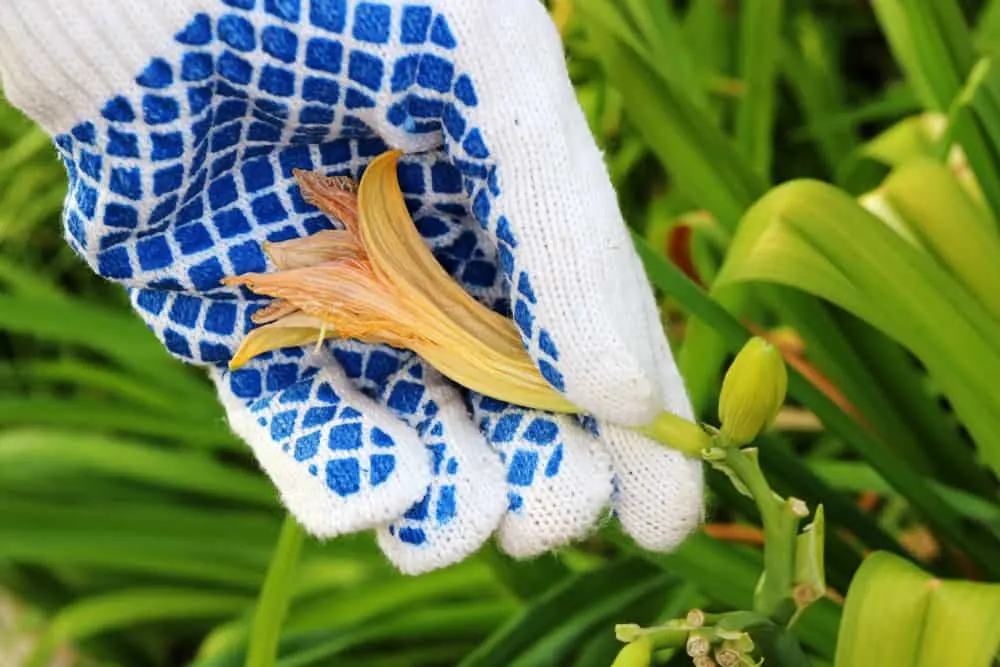
Pinching is the easiest and most convenient way to deadhead since it requires no tools. Every time you take a stroll through your garden, you can pinch off spent blooms as you go.
This technique is best suited for plants with thin and fleshy stems like petunias, pansies, daylilies, yarrow, salvia, and coleus.
To deadhead by pinching, grasp the flowerhead in your hand and follow the stem down to the first set of leaves:
Use your thumb and index finger to apply pressure until the flowering stem breaks away.
Don’t tug on flowerheads to detach them from the calyx, as this risks leaving nascent seed pods behind.
Pinching down to the first set of leaves will ensure all reproductive parts of the flower are completely removed. It also hides the prune job better than pinching just below the flowerhead.
2. Pruning
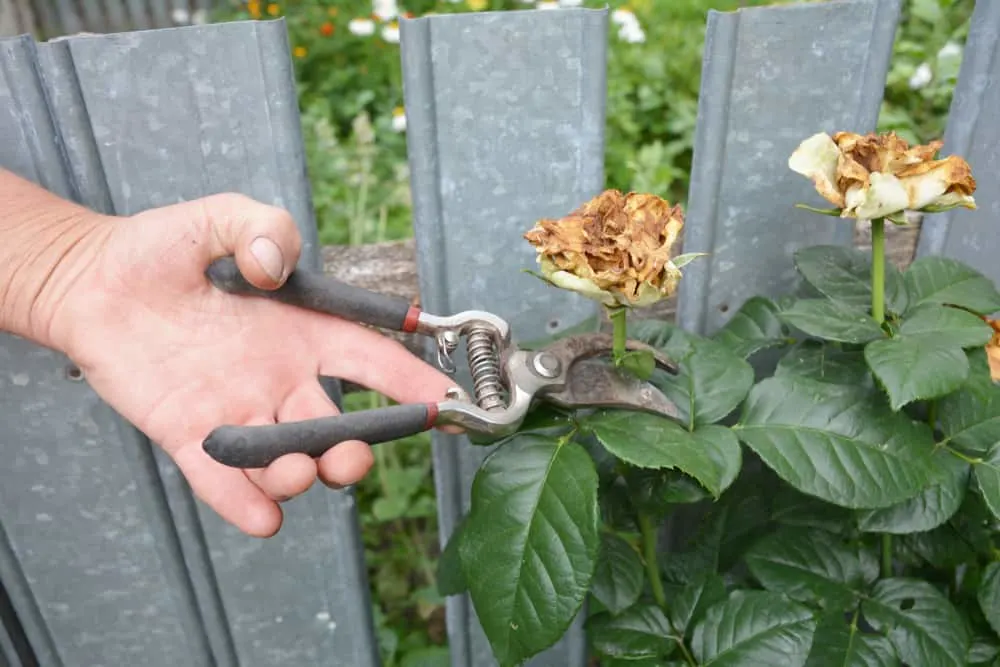
For larger flowers with thick, woody, or thorny stems, a good pair of pruning shears will most certainly be needed.
Roses, coneflowers, cosmos, lupins, foxgloves, bee balm, and the like, can be deadheaded in the same manner as pinching – simply snip off the stem below the flower down to the first set of leaves.
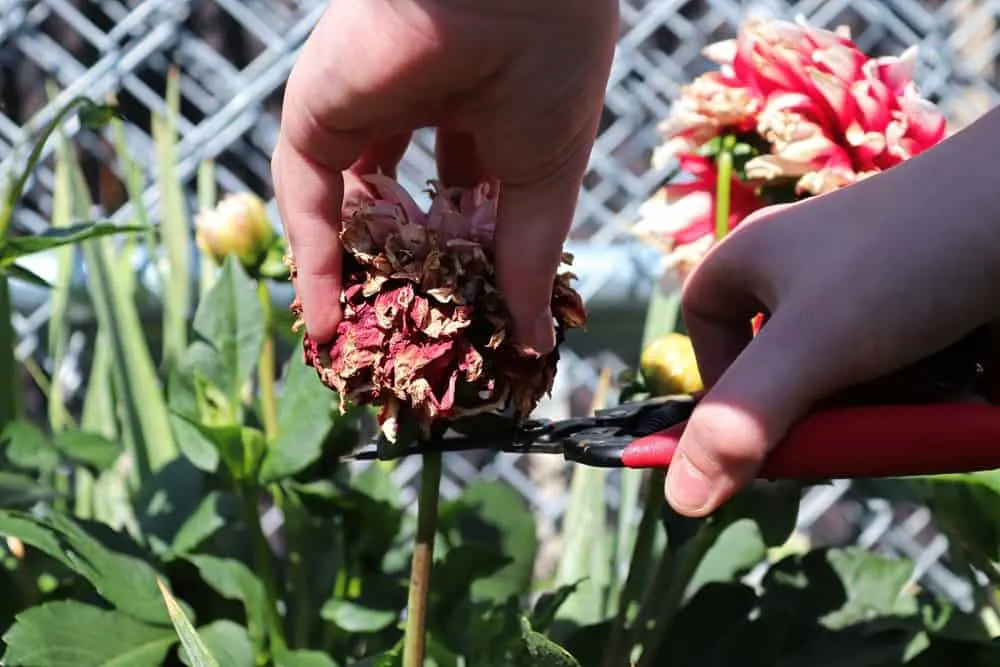
Making your cuts a little ways down the stem will avoid giving your plants the decapitated look.
The conventional wisdom when deadheading roses is to prune the stem down to the first set of five leaves. And to make cuts at a 45-degree angle away from the bud eye.
But apparently these extra steps aren’t really necessary and roses will bloom most abundantly when flower and stem are snipped at the first set of leaves:
When deadheading plants that blooms in clusters, only remove the faded flower and leave the healthy blooms and emerging flower buds on the plant.
If the whole length of the flowering stalk is finished blooming, cut the stem all the way to the base of the plant.
3. Shearing
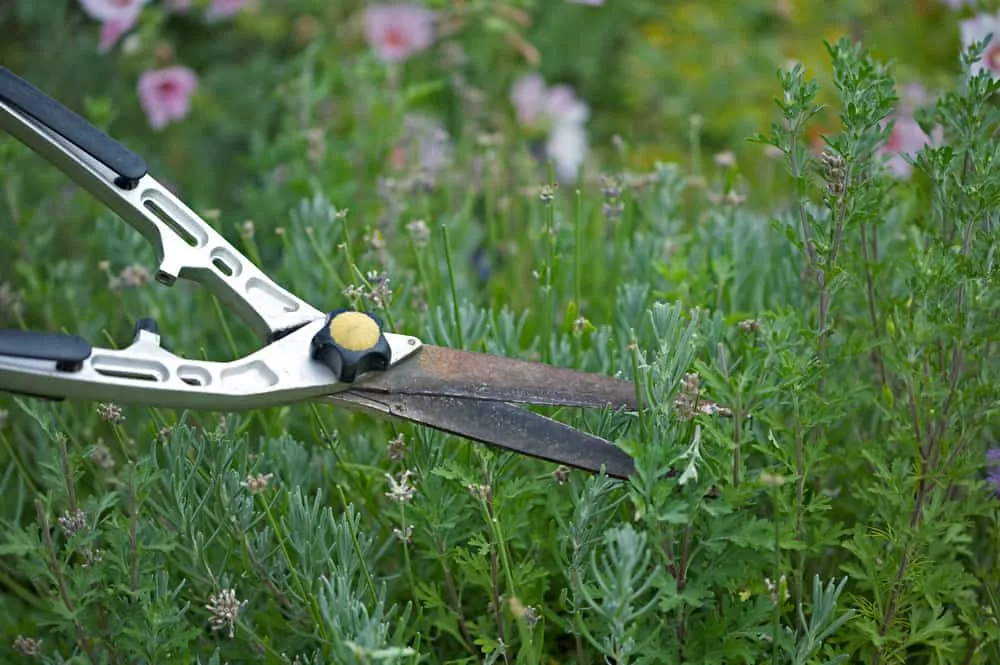
When plants produce masses of flowers – like catmint, daisies, lavender and alyssum – deadheading each bloom individually is tedious work.
Instead, these types of plants can be sheared back almost entirely. Gather up all the foliage with one hand and snip away with the pruners with the other hand, leaving roughly three inches of foliage behind:
Wait until most of the blooms are past their prime before cutting the plant back.
Giving your plants a haircut this severe can be a little scary. Don’t worry, your plants will bounce back in about 2 to 3 weeks and reward you with vigorous growth and another profusion of flowers.
General Deadheading Tips
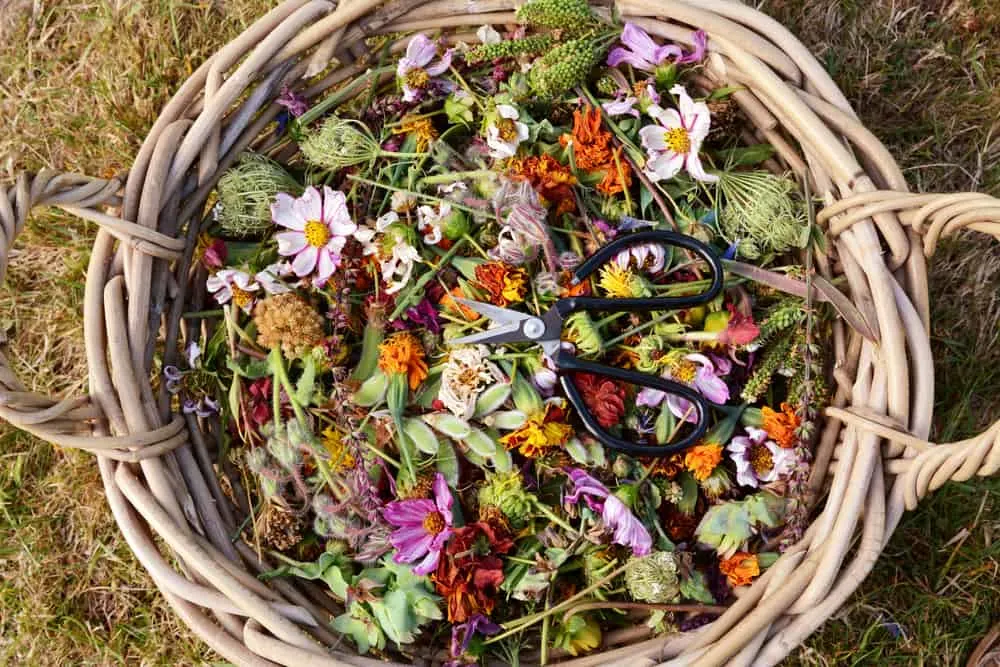
Right after you’ve finished deadheading, give you plants a good drink of water. Applying a fertilizer – like compost tea – will help plants bounce back into flower-making mode faster.
The best time of day to deadhead is in the early morning or at dusk, when bees and wasps are tucked in for the night.
Keep your cutting tools sharp, lubricated, and clean. This will make the labor of love that is deadheading fast and efficient rather than frustrating and tedious.
So long as they are clear of diseases and pests, you can dispose of deadheaded flowers and stems by tossing them in the compost bin or laying them on top of the soil as mulch.
If you loathe having to deadhead but still want continuous bloom, look into self-cleaning cultivars. Begonia, impatiens, nemesia, and calibrachoa are some plants that will rebloom without the need to deadhead.
